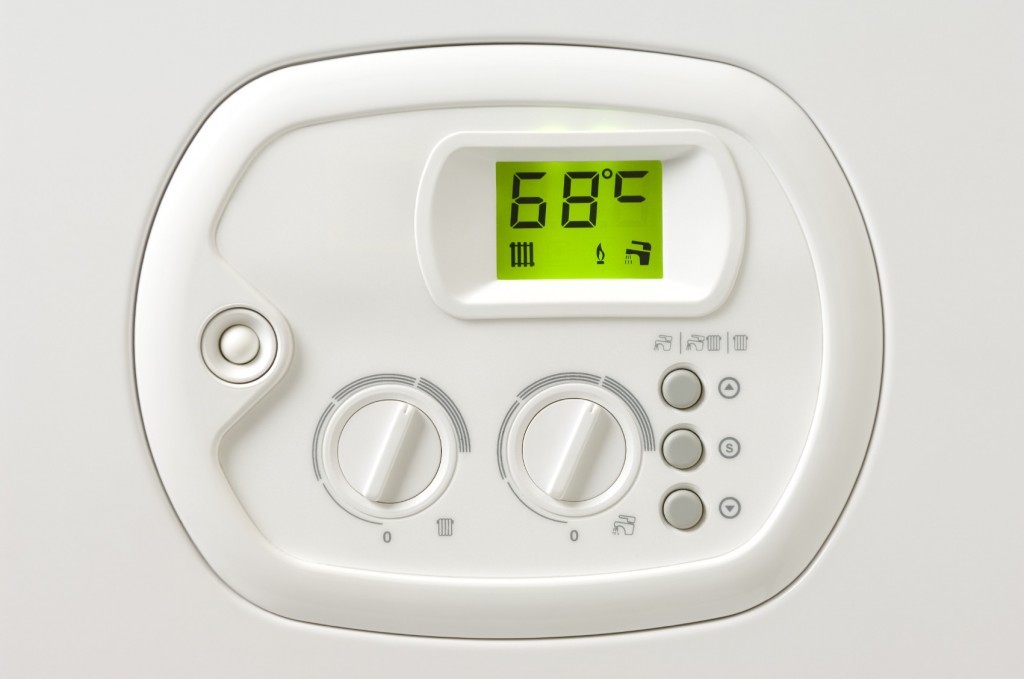
Heating controls explained
Do you know how your central heating controls work? Lots of us don’t, and leaving the boiler running at full pelt could mean you’ll literally burning money. There are several different components to central heating controls, and they all do a slightly different job.
Timers and programmers
This control will either be a digital box with buttons, or will look like a clock face with segments which can be pushed in. Whatever the design, these controls are about managing when your boiler fires up. You can choose when to have heat and when not to. Most people will set the timer for maybe 30 minutes before they get up, then programme the timer to switch off once everyone’s left for school and work. Then on again in the early evening, and off when people go to bed. Some of the most modern timers can even be linked to your mobile phone so you can use an app to turn the heating on when you’re almost home. A basic digital heating controller will cost upwards of £40.
Thermostat
Most digital heating control boxes will have a built in thermostat, controlling the level of temperature in your home. The master thermostat measures the temperature in your home, and the boiler only switches on when the temperature drops below a pre-set level. This means that your heating is on only when you need it to be, and not heating full-blast all of the time. Position your thermostat in the centre of the house, not in a draughty corner or by an exterior door. Room thermostats cost as little as £10, although you might need to get a central heating engineer to make sure that they are connected up to your boiler properly.
Radiator thermostatic valves
Also known as TRVs, these are the little twisty valves that you can fit onto your radiators. The idea behind these is that they allow a greater degree of control over the temperature in each room in the house. If you prefer to sleep in a cool bedroom, then you can turn the heating down. Modern building regulations state that all new builds must have thermostatic radiator valves installed on each radiator. If you’re wanting to have TRVs retro-fitted, you can pick up basic ones from around £10 at any large DIY store. They’re not too difficult to install either, and if you have basic DIY skills you should be able to tackle the job yourself.
Use heating controls to save money
If you have no way at all of controlling the heating in your home beyond “on” and “off”, then getting timers and thermostats could save you a significant amount of money. Savings of £100 to £150 per year are easily achievable by having a thermostat and radiator valves installed. Lower energy bills allows you to quickly recoup the cost of installation quickly. The jury’s still out on how many savings you could make by installing on of the “smart” heating systems linked to your phone however.
